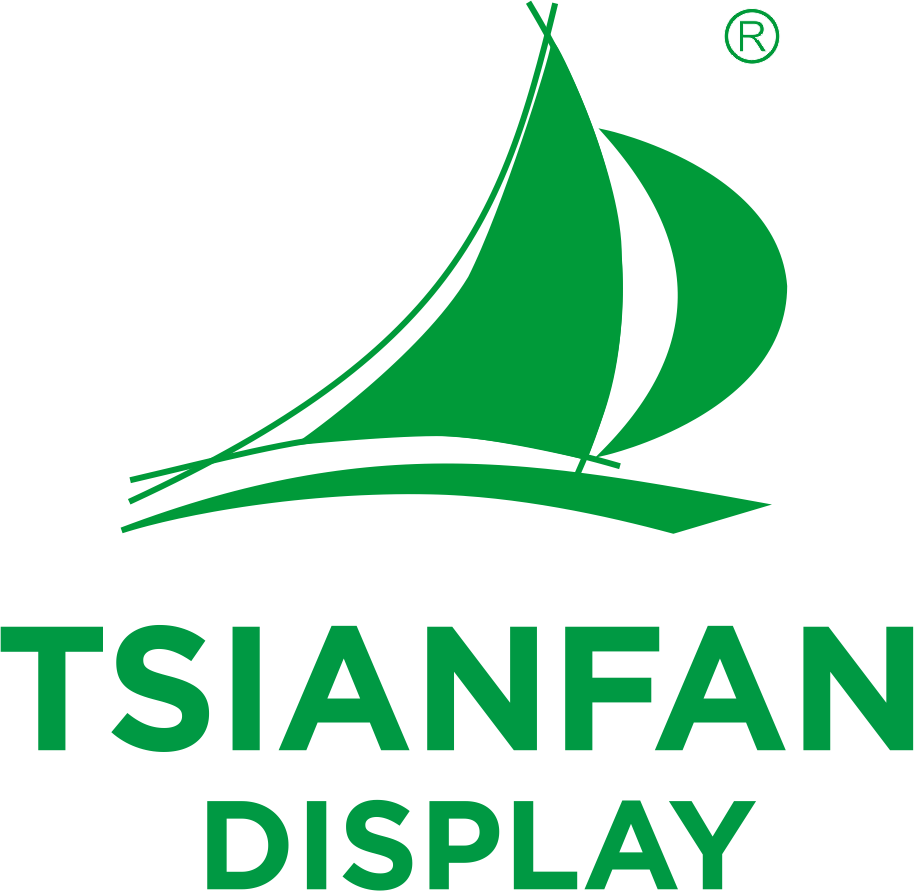The most cost-effective material for a mosaic sample board will depend on various factors such as durability, appearance, and manufacturing processes. Here are some materials commonly used for mosaic sample boards, along with their cost-effectiveness considerations:
1. **Medium-Density Fiberboard (MDF):** MDF is a versatile and cost-effective material commonly used for sample boards. It is relatively inexpensive compared to solid wood and provides a smooth, flat surface for mounting mosaic tiles. However, MDF may not be as durable as other materials and can be prone to moisture damage if not properly sealed.
2. **Plywood:** Plywood is another economical option for mosaic sample boards. It offers good strength and stability, making it suitable for mounting mosaic tiles. Plywood is available in various grades and thicknesses, allowing for customization based on budget and quality requirements.
3. **Particleboard:** Particleboard is a low-cost engineered wood product made from wood particles bonded together with adhesive. It is less expensive than MDF or plywood but may not offer the same level of durability or stability. Particleboard is suitable for temporary or budget-conscious applications but may not be suitable for long-term use.
4. **Foam Board:** Foam board is a lightweight and inexpensive option for mosaic sample boards. It consists of a foam core sandwiched between two paper or plastic facings. Foam board is easy to cut, shape, and mount tiles onto, making it suitable for temporary or display purposes. However, it may not be as durable or long-lasting as wood-based materials.
5. **Acrylic Sheet:** Acrylic sheet is a durable and cost-effective alternative to traditional wood-based sample boards. It provides a smooth, non-porous surface for mounting mosaic tiles and is resistant to moisture and warping. Acrylic sheet is lightweight and easy to work with, making it suitable for both temporary and long-term use.
Ultimately, the most cost-effective material for a mosaic sample board will depend on factors such as budget, durability requirements, and intended use. It's essential to evaluate the pros and cons of each material option and choose the one that best meets your specific needs and preferences while staying within budget constraints.
×

